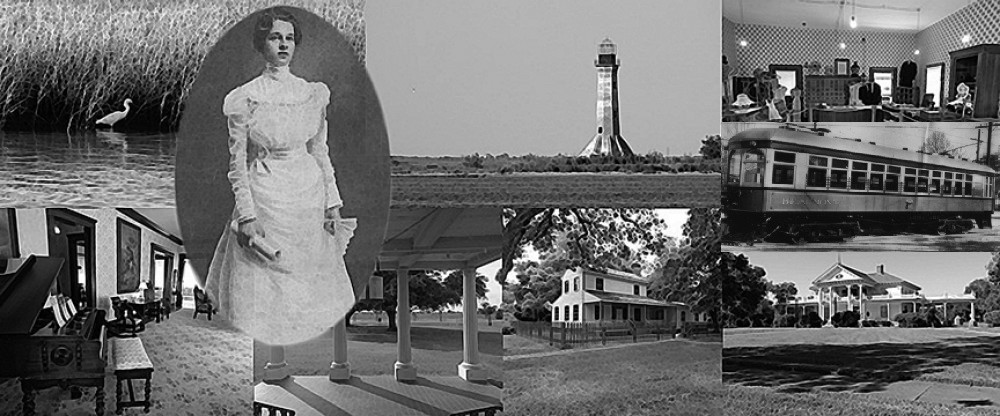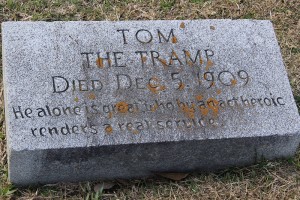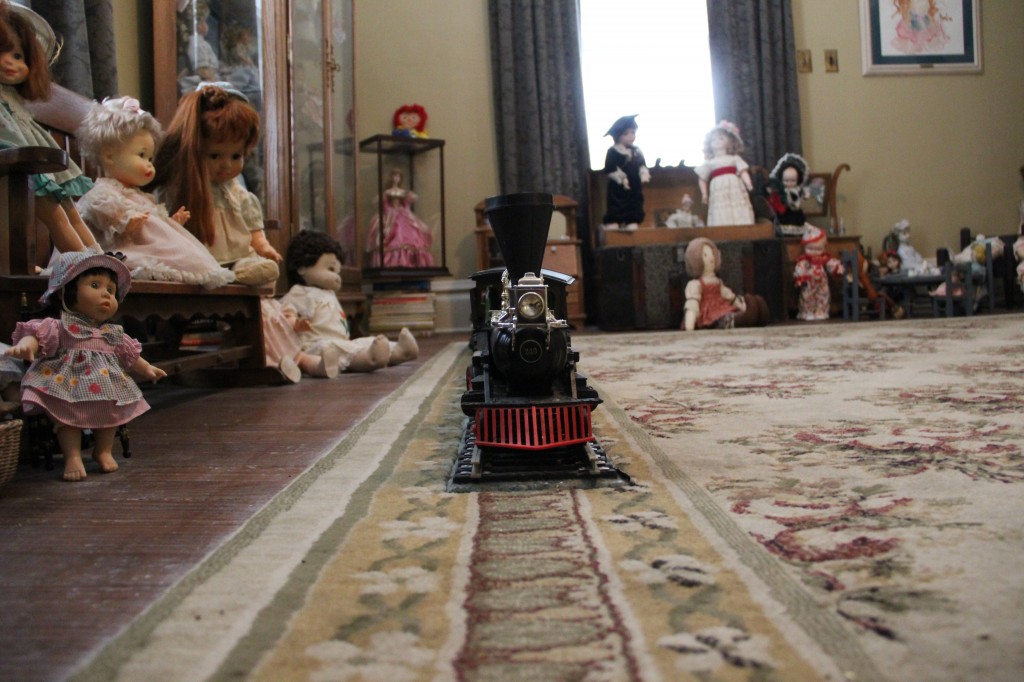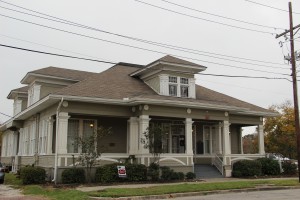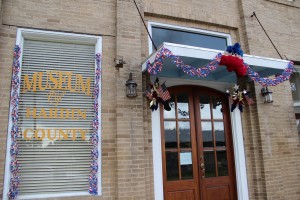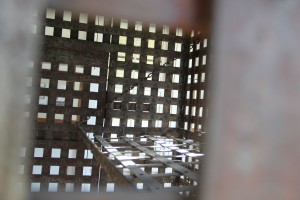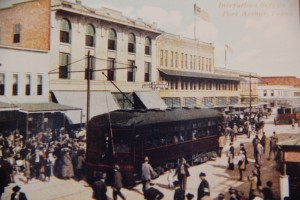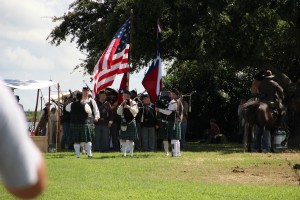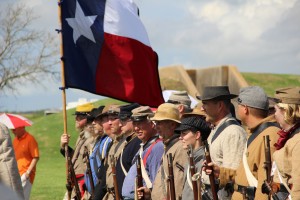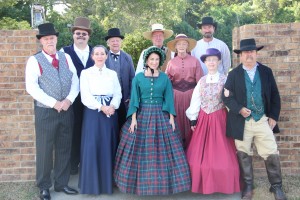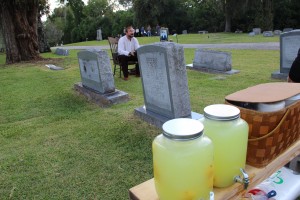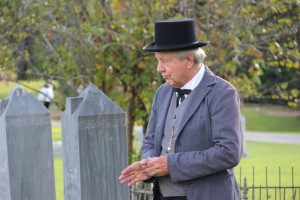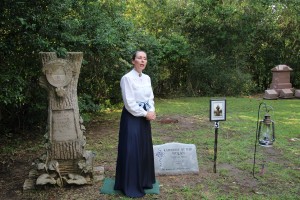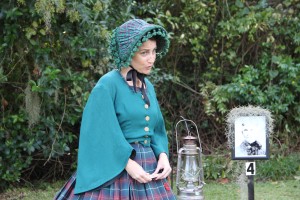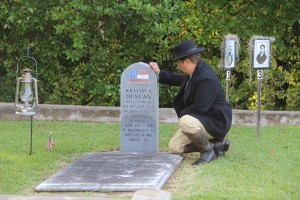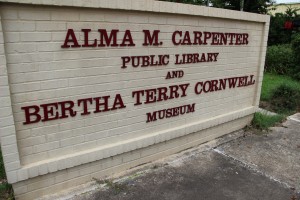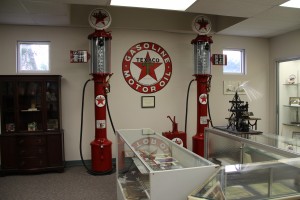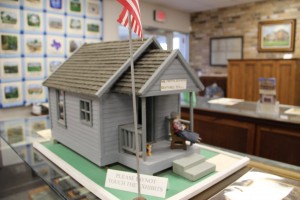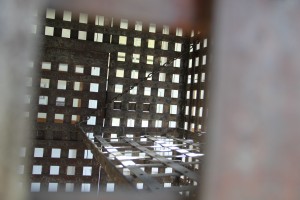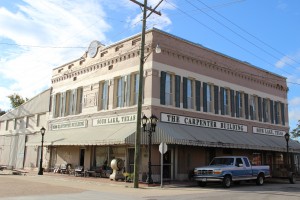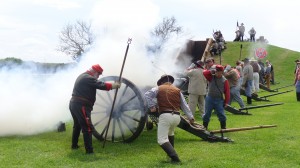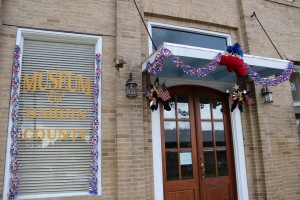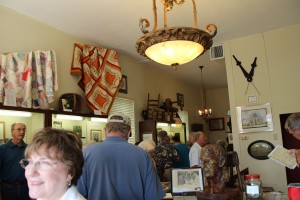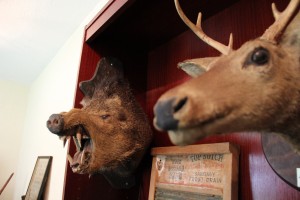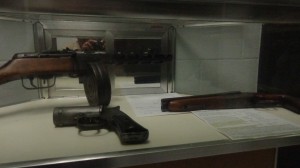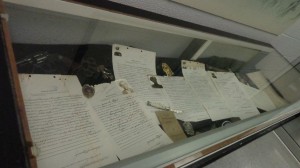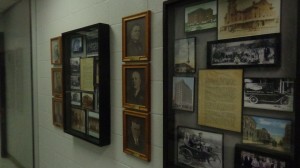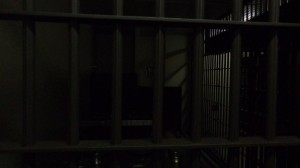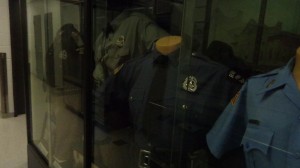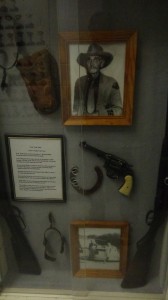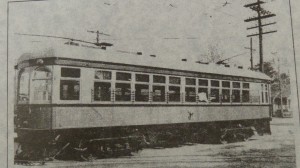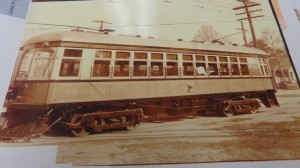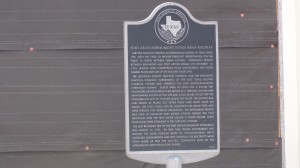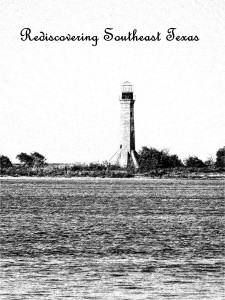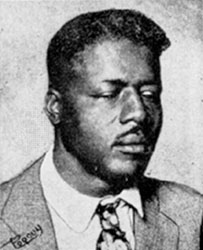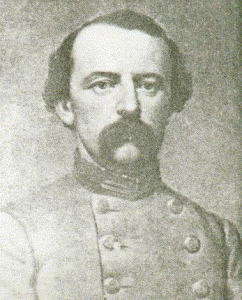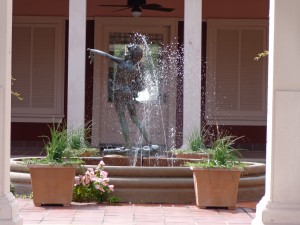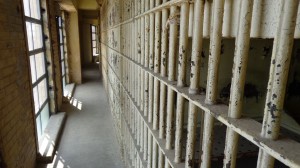Still inspired by the Liberty County Historical Commission’s “Whispers of the Past,” I find myself wanting to bring a few stories from my own county’s cemeteries to light. This is why I want to start a new topic about the inhabitants of cemeteries, which will hopefully feature on this blog once a month. There are many stories out there, hidden away in our hallowed grounds, and I for one am interested in bringing these stories, legends, and tales to the fore. I would also love your input, so please leave your suggestions, stories, and comments on the Rediscovering SETX Facebook page or email me at rediscoveringsetx@gmail.com.
Roaming through the hilly terrain of one of Beaumont’s oldest cemeteries, I passed many obelisks, mausoleums, and other monuments dedicated to the “who was who” of Beaumont’s 175-year existence—each edifice undoubtedly clutching a story that’s waiting to be told. However, let us sidestep our SETX citizens at this time in favor of a hero who became a permanent resident of the Magnolia Cemetery too soon.
Because the Great Storm of 1900 took many lives and devastated Galveston’s shore, most forget that the residents of Bolivar Peninsula also shared the same fate, and this is where our story begins.
Alice and Frank Keith were two prominent names in old Beaumont, not least because Frank owned the Keith Lumber Company. On September 8th of 1900, Alice and Frank were in New York while their two daughters, Alice and Olga, stayed with relatives at a hotel in Patton Beach (now named Crystal Beach). As the storm worsened, Mrs. Irwin, the hotel manager, and an employee, Tom, nicknamed “Tom the Tramp,” thought it would be safer for the Keith’s daughters to ride the storm out in another house near the hotel.
Unfortunately the severity of the storm proved too much for the structure, and the house began to break up. Mrs. Irwin picked up Alice, and taking Olga’s hand to hers, headed for another house. As they departed, a large wave knocked Alice out. Mrs. Irwin managed to hold onto the girl, but Olga was separated from her. As if by fate, Tom swiftly retrieved Olga from the water and gave her back to Mrs. Irwin. He then took Alice and began to roll her back and forth over his shoulder, which revived her. As the storm raged on, the four again sought shelter in the house. Luckily, they all survived.
Both Frank and Alice were unaware of their daughters’ struggle for survival, but I’m sure they were devastated when they read a story in a New York newspaper that reported that their daughters had perished. However, as we already know, the newspaper was fortunately wrong, and the Keith’s were able to hold their daughters once again and hear the tale of heroism of the girls’ two saviors. Indeed, the Keith’s were so grateful to the two that they offered them each a house, which Tom accepted.
This would have made for a happy ending to a great story, but sadly in 1909, Tom kicked over an oil lamp while having a seizure and burned to death in his house. Ever grateful for his heroism, Frank and Alice laid him to rest in their family plot at Magnolia Cemetery with the name they knew him by and a tribute befitting of their hero:
Tom
The Tramp
Died December 5, 1909
“He alone is great, who by an act heroic, renders a real service.”
Source: Judy Linsley
